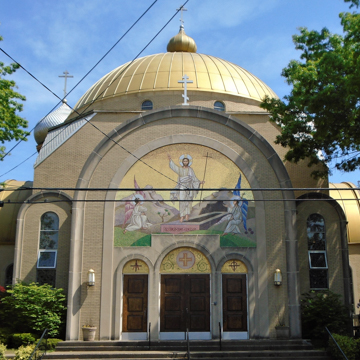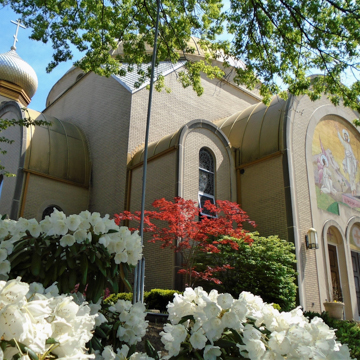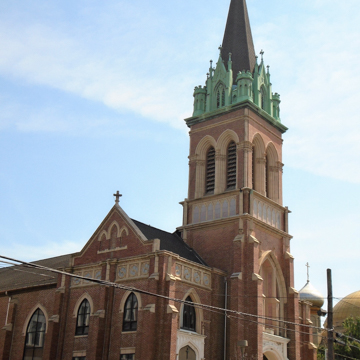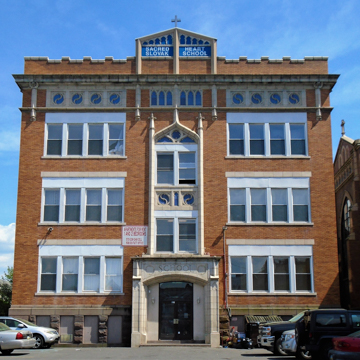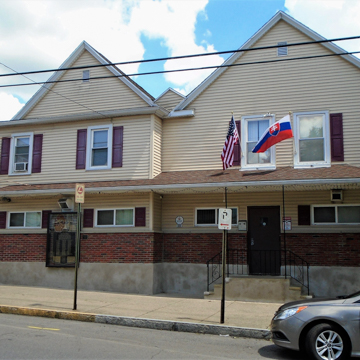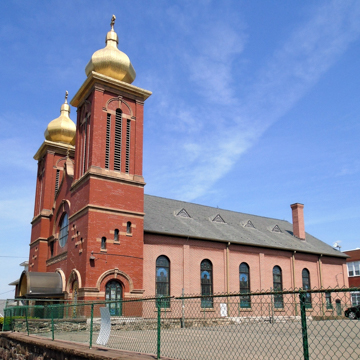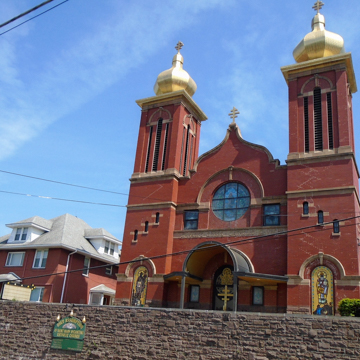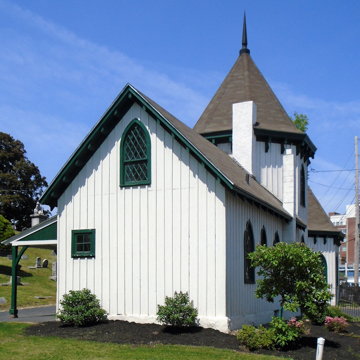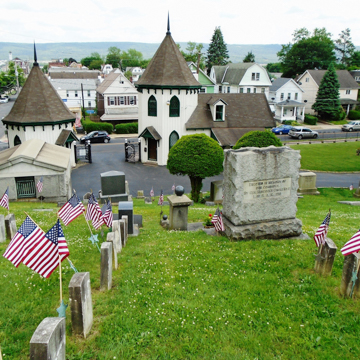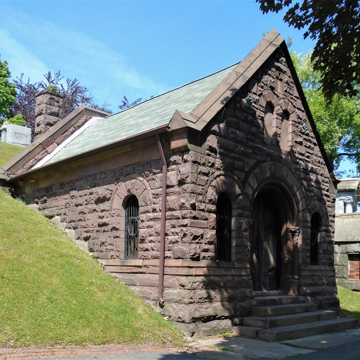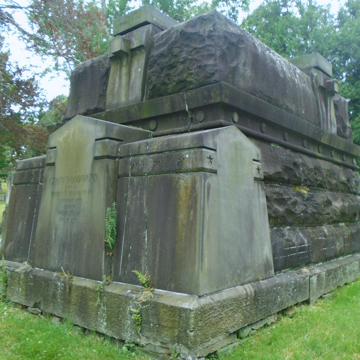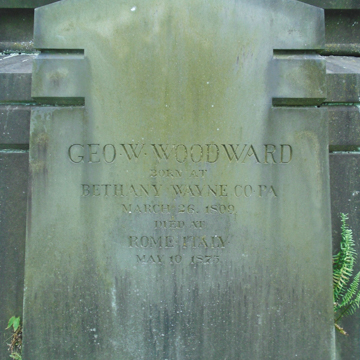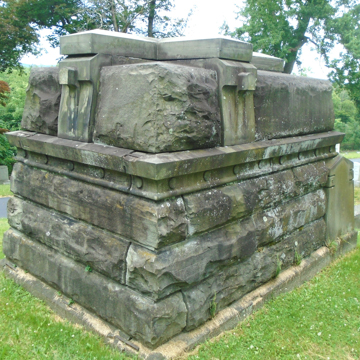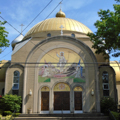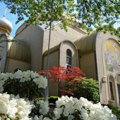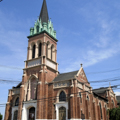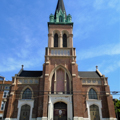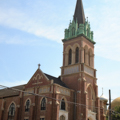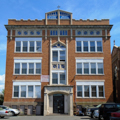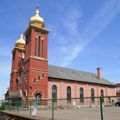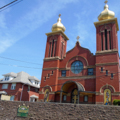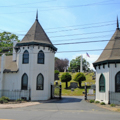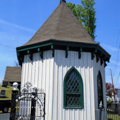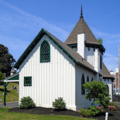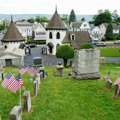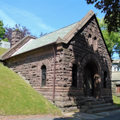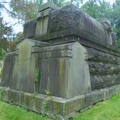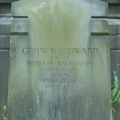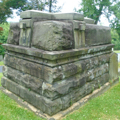The North End, extending from North to Chestnut Streets, is an intact, traditionally eastern European ethnic neighborhood, an assemblage of impressive churches set amidst taverns and social clubs, commercial structures, and modest vernacular housing. The several churches along N. Main Street were generated by the religious rifts that accompanied waves of emigration by Rusyns, Slovaks, and Ukranians from the Carpathian Mountains to Pennsylvania's coalfields. The Rusyns followed the Byzantine, or “Greek,” Catholic rite, but conflict between many Rusyns and the American Catholic hierarchy led to an 1892 break with Rome, and to Wilkes-Barre's subsequent emergence as a center of the Orthodox Church in America. The Slovaks and Poles followed the Roman rite, but organized parishes around ethnic rather than territorial lines. Architecture became a medium for expressing these differences. Holy Resurrection (Russian Orthodox) Cathedral (1969, Joseph Peleak) at 591 N. Main Street is a modernist interpretation of a five-domed Orthodox cruciform plan. Next door at 605 N. Main Street is Sacred Heart (Slovak) Catholic Church (1907, Owen McGlynn; 1924 school, Austin Reilly). Its single tower evokes the Gothic predecessors of central Europe. The ecclesiastical procession of N. Main Street ends with St. Mary's Byzantine Catholic Church (1908, Frederick L. Olds) at 695 N. Main Street; its twin towers with golden onion-shaped domes flank an ogee-gabled entrance, recalling Baroque old-country Uniate models.
In the direction of the river at 540 N. River Street are the Gothic Revival board-and-batten gatehouses of Hollenback Cemetery (1855, J. M. Greenman). Among the cemetery's funerary monuments are Bruce Price's bold Néo-Grec Woodward Monument and the Richardsonian Romanesque chapel. Elsewhere, a simple stone marks the gravesite of abstract expressionist artist Franz Kline (1910–1962), who was born in Wilkes-Barre.


